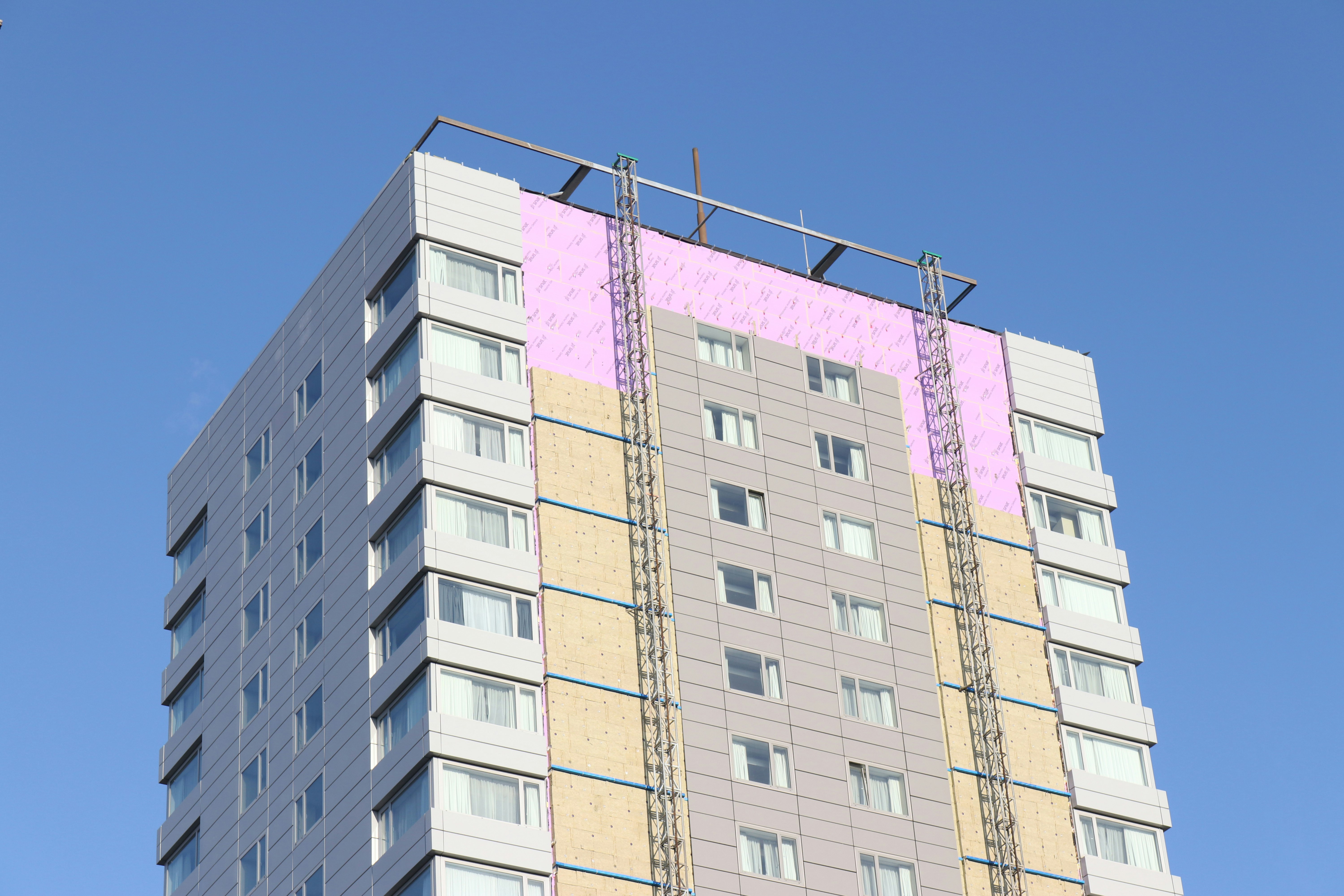Articles
- Parent Category: General
- Friday, 03 August 2018
- Published Date
- Written by TPB Staff
Privately-owned housing starts dropped 12.3% from May to June to a rate of 1,173,000, according to information from the U.S. Census Bureau and the U.S. Department of Housing and Urban Development.
Additionally, building permits fell 2.2% while housing completions held steady. Housing starts are down 4.2% year-over-year, according to information from the Census Bureau, as the June 2017 rate was 1,225,000. Building permits were down 3% from last June while housing completions were up 2.2% over that same period.
Nonresidential construction also slumped in June as spending droped 1.6%, according to the Associated Builders and Contractors (ABC). Seasonally-adjusted spending totaled $742.4 billion, which is actually up more than 4% from last June, despite representing a month-over-month dip this year.
ABC Chief Economist Anirban Basu said, despite the report, other metrics indicate the dip may be an anomaly. “The hope is that June’s construction spending setback is merely a statistical aberration,” said Basu. “That is certainly a possibility given the recent second quarter gross domestic product report, which among other things indicated extraordinarily rapid growth in the construction of structures. Other data, including ABC’s Construction Backlog Indicator, indicate ongoing elevated levels of demand for construction services. Construction employment statistics are also consistent with industry expansion.”
However, Basu warned the data should be considered in the context of a widespread labor shortage and rising material costs. “With construction firms suffering grave difficulty finding skilled workers, it may simply be a case of slowed construction service delivery. However, this is not an especially compelling explanation for one month of data. The shortage of human capital is long-lived, and the recent pace of construction hiring has been rapid,” said Basu. “A more likely explanation is that the recent surge in construction materials prices is resulting in material acquisition delays.”
He added that the surge in costs could delay projects as contractors “painstakingly” search for cheaper lumber and steel. “Since monthly construction spending declines were apparent in both private and public segments, it is also possible that certain projects have been put on hold, with the hope that input prices will eventually decline to lower levels,” he said.
Correspondingly, as the demand for workers continue to rise, the Associated General Contractors of America (AGC) reported an increase in construction employment for 272 of 358 metro areas from June 2017 to June 2018. “Increases in construction employment in the past year were widespread and strong, as employment increased in three-fourths of metro areas,” said Ken Simonson, chief economist for the AGC. “Workers in most metro areas are benefitting as firms keep pace with strong demand for construction services.”
In 12% of the metro areas included in the report, construction employment dipped. It was unchanged in 42 of the areas included, according to the AGC’s analysis of federal employment data. AGC officials pointed out despite increased costs from, among other things, new tariffs, a strong demand for construction services and a thriving economy are offsetting those increases.
Most Read
-

-
Jul 20 2015
-
Written by Administrator
-
-

-
Sep 09 2017
-
Written by TPB Staff
-
-

-
Jul 20 2015
-
Written by Administrator
-
-

-
Oct 04 2015
-
Written by Karen M. Rider
-











